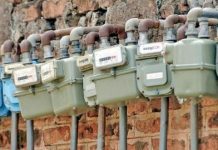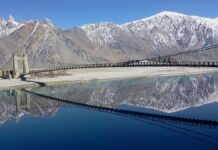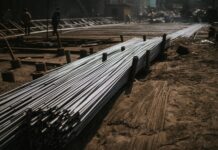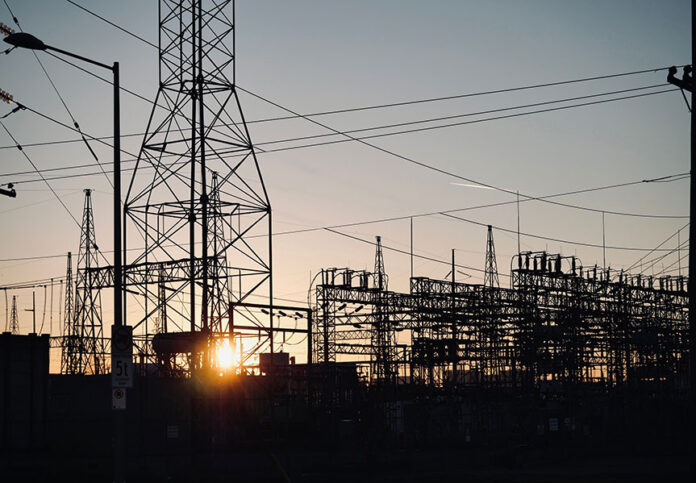ISLAMABAD: Despite 364 feeders restored, thousands remain without electricity across submerged regions, compounding hardships for families.
Families in Pakistan’s flood-hit districts continue to suffer in darkness as electricity restoration lags behind the pace of recovery.
According to the Power Division’s latest report issued on 22nd September 2025, while progress has been made in repairing damaged grids and feeders, thousands of households remain disconnected, struggling to cope with sweltering heat, unsafe nights, and limited access to essential services.
Floods knocked out 51 grid stations and 588 feeders nationwide. By September 22, 364 feeders had been fully restored and 217 partially, yet many communities remain dependent on candles, diesel generators, or lanterns for light.
In Faisalabad Electric Supply Company (FESCO) territory, 28 grids and 81 feeders were damaged. Restoration work has brought 58 feeders back fully and 23 partially, but about 10,929 consumers are still without supply. The division estimates that power will be restored to them by September 24.
In Lahore Electric Supply Company (LESCO) areas — including Lahore, Nankana, Sheikhupura, and Okara — 66 out of 67 affected feeders have been fully restored. Around 441 households are still waiting, with supply expected to resume by September 23.
Multan Electric Power Company (MEPCO) remains the hardest hit, with 181 feeders down. Only 30 have been fully restored and 144 partially, leaving large swathes of southern Punjab in darkness. Officials said floodwaters must recede before full restoration can be carried out. “In many areas, our linemen cannot even reach the poles because water is still waist-deep,” one MEPCO engineer said.
In Gujranwala Electric Power Company (GEPCO) areas, 103 feeders were damaged, of which 101 are fully restored. Still, 204 consumers remain without electricity, waiting for floodwater levels to drop.
By contrast, Peshawar Electric Supply Company (PESCO) has fully restored all 88 feeders in Swat, Swabi, and Dera Ismail Khan, while Tribal Electric Supply Company (TESCO) has re-energized all 18 feeders in North Waziristan and Khyber. Hazara Electric Supply Company (HAZECO) has also restored all three damaged feeders in Mansehra. Sukkur Electric Power Company (SEPCO) reported 44 feeders temporarily restored in its jurisdiction.
For flood survivors, however, the statistics do not capture the depth of their daily struggles. “We spend nights fanning our children by hand. Mosquitoes bite us all night because we cannot switch on fans or repellents,” said Shahid Jatoi, a resident of Muzaffargarh district. “We survived the flood, but this darkness feels endless.”
Hospitals in flood-affected towns continue to rely on costly diesel generators to run critical equipment. Doctors warn that patients dependent on cold storage for medicines or machinery for treatment are most at risk.
Power Division insisted that crews are working round the clock despite treacherous conditions. “Our teams are risking their lives in floodwaters to restore electricity,” a Power Division spokesman said. “But full restoration depends on the water receding, and safety must come first.”
The government expects most households in Punjab and Sindh to regain electricity by late September, but for now, communities remain trapped in a cycle of darkness and uncertainty.
For flood victims already displaced from their homes, the return of electricity is about more than comfort. As one villager put it: “When the lights come back, it will mean life is coming back too.”
























